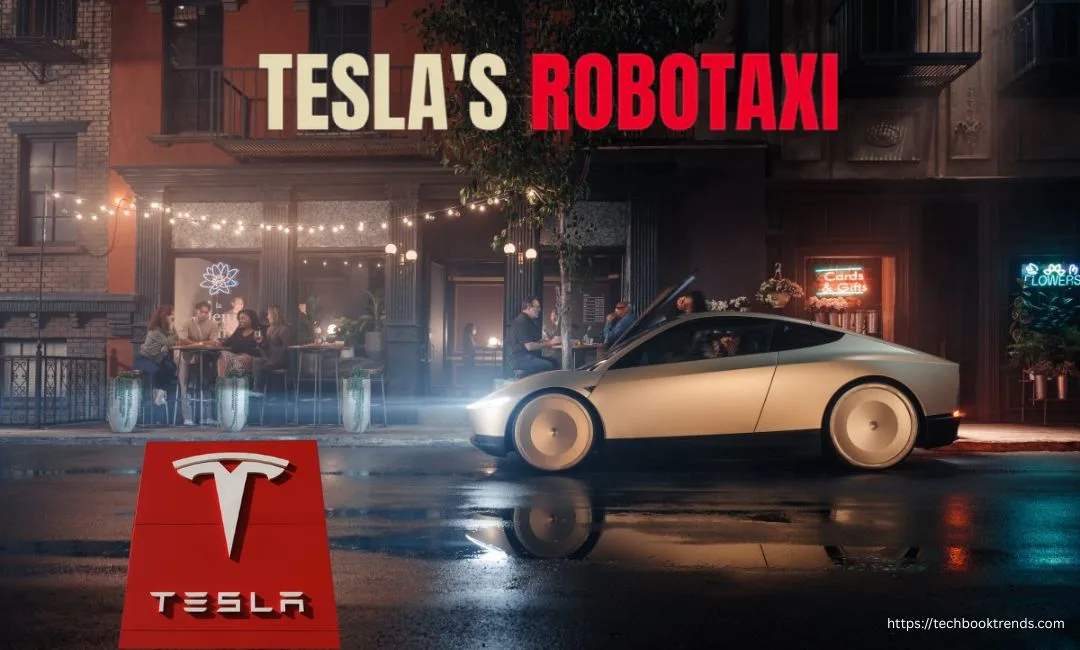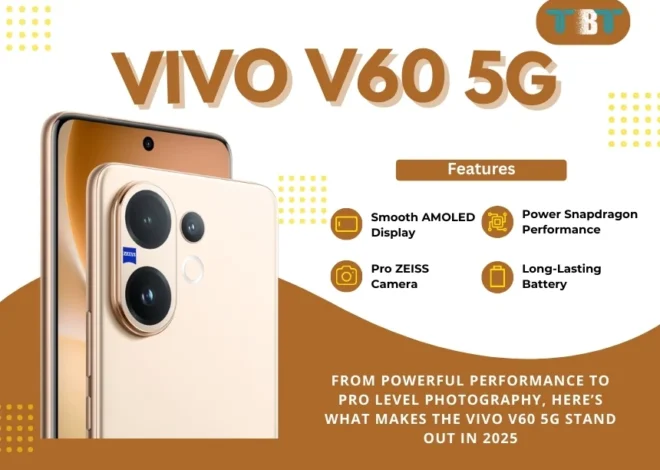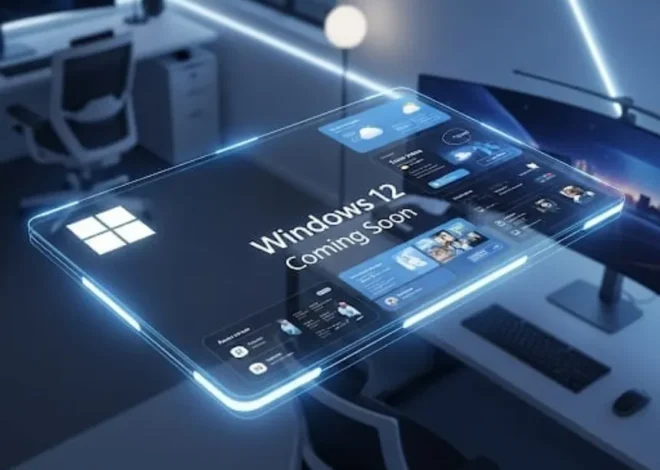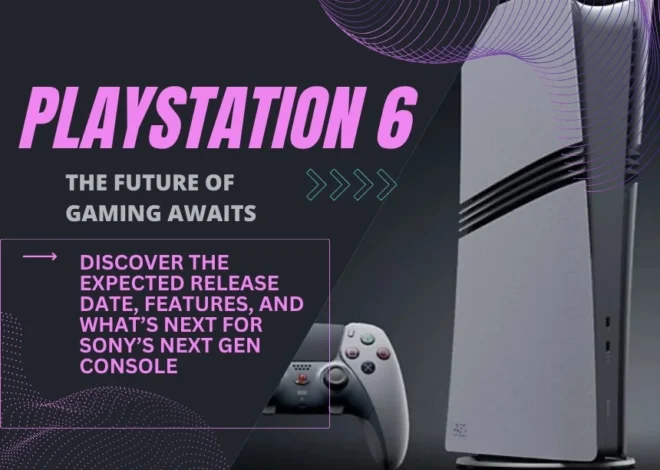
Tesla Robotaxi: Innovation or overvalued?
With the world moving towards automation, Tesla’s robotaxi is an attempt to automate the last bastion of skills indispensable to human beings. The ceo elon Musk has already made huge strides in the field of self-driving driving a crucial step in the process. With so many competitors, Tesla robotaxis have to show everyone that it is one of the best.
Robotaxis
The concept of robotaxis, a kind of taxi service that will be fully automated, is not a novel idea. Many science fiction works like Dune, I Robot, and minority report had already conceptualised some kind of self-driving vehicles in the past.
Several companies like Waymo, Baidu had already started realising the concept of Robotaxis in the early 2010s. The main motive behind them was to check technological advancements in FSD and see if they have any economic relevance.
Technologies
The technologies involved in robotaxis range from sensing to decision-making. Let us take a look at all the technology involved:
-
Sensing
The sensing involves a number of equipment working for it as its perception organs. The Camera units, along with the Lidar and Radar, will give Tesla Robotaxi a 3d view of the surroundings with ultrasonic sensors helping in close distances for parking and other stuff.
-
Mapping
In the robotaxi, Tesla mapping is often done through GPS, and the vehicle itself holds maps in high resolution.
-
Data analysis
All data from sensors and maps will be fed to the processor. The processor uses an inbuilt computer to predict and plan the routes in real time.
The system has to keep track of numerous factors, like other vehicles or other humans.
-
Control & communication
These processes, in turn, help the control system to handle decisions like steering, accelerating, and braking.
Tesla robotaxis also communicate with the surroundings through traffic lights or by inter-vehicle communication with other robotaxis.
-
Safety
The biggest feature in the robotaxi is safety. Companies load the with redundant safety systems for and every robotaxi has a human operator who can remotely monitor and even drive the car in difficult scenarios.
Also car is made hack-proof so malicious actors cannot disrupt the services or harm the passengers or pedestrians.
Challenges
Even with so much development in technology, Robotaxi Tesla is far from launch due to its challenges.
- Full self-driving: There is still not enough autonomy for the Tesla full self-driving software. Due to complex real-world scenarios, like complex roads, extreme weather, and other unpredictable events, Tesla’s full self-driving is not yet achievable.
- Visual approach: Tesla mostly relies on an optical method through the camera. Whereas, incorporating LiDAR and radar will greatly help in improving the visual-only approach in the FSD
- Edge cases in processing: There is also plenty of room for better edge case handling in the robotaxi Tesla software.
- Business: Business prospects for the Tesla robotaxis don’t look so great. The majority of the public remains sceptical of autonomous driving cars.
It is debatable whether it is feasible to replace humans with a whole complex and expensive system in Cars.
- Legal challenges: In no country have we seen any law legalizing full self-driving except for testing purposes. Even when testing, the car should be in control of a human operator.
Benefits of Tesla Robotaxi
There are a lot of potential benefits for the Tesla robotaxi.
- Environmental: The whole fleet of the robotaxis will be electric, hence reducing the carbon footprint
- Economic advantages: in the case this goes on, Tesla won’t have to pay human workers as everything will be done by autonomous systems.
Future of Tesla robotaxis
The promise made by Mr. Musk regarding robotaxis is long overdue. As he said that there will be around a million of these taxis running, but we have none.
So in the future, we will not expect much, but we can see an integration of Radar and lidar-like technologies into the Tesla robotaxi.
About software, we should see significant improvement over existing neural networks with much better handling of the edge cases in the software.
Conclusion
Tesla robotaxi is trying to revolutionise public transportation with its technological advancements. While this is far from reality, we may see some significant development in the future. Robotaxi may not be feasible, but the full self-driving technology has many applications. We can expect some announcement from Mr. Elon regarding the Tesla Robotaxi release date. This invention has immense potential, and only time will tell if robotaxis will come sooner or later.
Frequently asked questions
There is no definitive Tesla robotaxi release date, while Mr. Musk promised a 2020 deadline, which went 5 years ago.
Mr. Musk claims that the Tesla robotaxi will cost around USD 30k.
No, the Tesla robotaxi is not made for normal purchase.
The range of the robotaxi is reported to be around 200 miles on a full charge.
Tesla robotaxi works by deploying a complex AI system on a car with a camera and lidar to navigate the real world independently.





3 thoughts on “Tesla Robotaxi: Innovation or overvalued?”